Things we’d like to talk about
Interviewing Over Video
Most of us are familiar with how to conduct ourselves in interviews, we’ve learned the dos and donts from experience. But how many of us have interviewed for a job we want through a screen? How is it different? What’s the etiquette? In this article I wanted to take a look some of the differences between physical and video interviews and put together ‘best practice’ tips to help you on your way.
2020 has been a unique year. In the early months of the year, the whole world was thrown into disarray as families, governments and businesses frantically struggled to establish a level of normality and adapt to the circumstances. It soon became apparent, particularly in the UK, that the lockdown restrictions would be here to stay and day-to-day life as it once was would cease to be for a significant length of time.
The threat imposed by the COVID-19 pandemic caused a worrying number of industries to either slow down their functions or in some cases, halt completely. In the early days of the pandemic, there was a very realistic concern that many companies would simply put their growth plans on hold and cease to hire for the duration of 2020. After all, choosing someone to join your business without actually meeting them was unthinkable. Wasn’t it?
Well, not for long. As the dust settled on the first lockdown, and companies across the globe became accustomed to doing things a bit differently, it became clear that many companies recognised that stopping hiring wasn’t the solution. At this time, CRSI spoke to many savvy business owners who realised that adapting to the circumstances and looking at things differently could offer new opportunities that would allow them to scale more quickly. We heard from people who realised that if they could pivot their companies to focus on remote working and make a success of it, the talent pool they were fishing for their new hires in could become a lot bigger.
If you accept that your new employees will be home based, where that ‘home’ is, matters a lot less. Why hire the best candidate that lives within commuting distance of your office, when you could hire the best candidate in the country? For an early stage business, the quality of every hire is crucial and the difference between a good performer and an amazing performer can be enough to supercharge the team.
CRSI has continued to work on search projects throughout the pandemic, and the companies we’ve been working with have continued to interview candidates. Since March, we’ve calculated that 95% of all interviews between our client companies and candidates have been conducted over Zoom (or Microsoft Teams). And we expect that in the future, after the pandemic, the percentage of interviews happening over video will be much greater than it was before.
Most of us are familiar with how to conduct ourselves in interviews, we’ve learned the dos and donts from experience. But how many of us have interviewed for a job we want through a screen? How is it different? What’s the etiquette? In this article I wanted to take a look some of the differences between physical and video interviews and put together ‘best practice’ tips to help you on your way.
The purpose of an interview
Before I talk about the differences. Let’s examine the point of an interview. Interviews are a key part of the candidate selection process in recruitment. They are often viewed as rigorous interrogations in which the interviewers grill the interviewee. In reality, an interview should be thought of as two-way discussion in which both parties have objectives that they are aiming to achieve. From the interviewee’s perspective, an interview is the opportunity to learn about the organisation and see how well it fits them and their career aspirations. At the same time, they are aiming to present themselves as the ideal candidate by showcasing their experience, their personality and their desire to engage with the company. A candidate should be constantly reminding themself to outshine other candidates. An interviewer’s objective is to appraise a candidate and evaluate, through evidence assessment, whether this candidate is the optimal choice for the role. Primarily, an interviewer is looking for a candidate to speak about their skills, highlighting their most relevant experience to show why they are suitable for the role. Throughout the interview, an interviewer is also determining whether there is a cultural and aspirational fit with an individual. The alignment between a candidate’s goals, attitude and philosophy and that of the company is extremely important.
Things to consider
Most people in employment know what to expect when it comes to a face-to-face interview. However, it seems as though people are failing to consider some of the key differences between a face-to-face interview and an interview over Zoom, or an equivalent video communication platform. I would suggest that this is likely the result of the sudden surge of companies adopting video interviewing as normal, and a substitute to face-to-face meetings as a result of the COVID-19 pandemic. We’ve adapted, but we haven’t all taken the time to consider how these two methods differ. In this section, I’ll be highlighting some of the key aspects of a video interview which demand proper consideration. It’s worth remembering that people generally don’t realise when these things are done well, but they immediately notice when any one of these things is done poorly.
It seems to me as though the most valuable and relevant pieces of advice can be separated into 3 sections: “Presenting yourself appropriately on camera”, “ video interview etiquette” and “General wise choices”.
Presenting Yourself Appropriately on Camera
Dress yourself appropriately.
It may seem obvious but dressing yourself appropriately is paramount. It is critical to give a good first impression in an interview and a key part of that is presenting yourself as a professional candidate who is taking the opportunity seriously.
Dress yourself fully.
Everyone has either tried or considered only making themselves presentable from the waist up over a video call. While there are undoubtedly thousands of people across the world doing so at this very moment, it’s not advisable. You never know when you might need to move around or stand up.
Choose a good camera direction prior to the interview.
Prior to the interview, check that the camera is positioned appropriately in order to capture your face and upper torso clearly, without being too close or too far away. You should also be facing the camera directly, rather than at an uncomfortable angle.
The camera is replacing the interviewer’s eyes.
In a face-to-face interview, maintaining eye contact suggests that you’re confident and interested. In a video interview, it’s wise to use ‘speaker view’ and either look directly at the interviewer or as centrally as possible.
Consider how the room is lit.
Too little light, too much light or glare can disrupt an interview experience for both parties. Establishing yourself in a room you’re familiar with where light levels can be adjusted is very helpful.
Body language says a lot.
Everyone should be aware how important body language is during communication. Becoming an effective communicator involves understanding what body language says to another person. Remembering to sit up straight and show interest in the discussion is very important.
Set up in a quiet room with a neutral backdrop.
Minimising distractions and disturbances are things that people don’t always consider. Try to have the interview in a room without background noise and without distracting objects or decorations behind you.
Etiquette
Better than being on time is being early.
Make sure you join the meeting 5 minutes before you’re due to start. Don’t let unexpected technical problems make you late.
Be polite and friendly, it goes a long way.
Presenting yourself as an agreeable person gives the interviewer a reason to choose you, right from the get-go.
A stable and reliable internet connection is key.
There’s nothing we can do about random internet outages or power cuts, but we can take steps to ensure that we’re within good reach of Wi-Fi
Have a drink to hand.
You’re going to be doing a lot of talking and in a physical interview you’d be offered water. Make sure you don’t dry up.
Silence your devices.
Pings and alerts from your devices during an interview can be very distracting for both parties. Silence your devices or utilise the ‘do not disturb’ feature.
Mute your microphone when you’re not speaking if background noise is a problem.
Sometimes, background noise is unavoidable. If that’s the case, be considerate and mute your microphone when the other person is speaking.
Check how your name appears in the video call software
Is it set to something professional? Changing your name to something funny is fine for the Friday night quiz with your friends, but have you remembered to change it back? Also make sure it is your real name? This is crucial in helping the interviewer know that they’re talking to the right person.
General Wise Choices
Prepare thoroughly!
Be sure to give the opportunity the time it deserves. Doing your due diligence on the company, anticipating questions and preparing questions of your own is critical.
Borrow a friend or member of family to help you conduct a test.
It’s extremely wise to do a practice run of a video call, particularly if you haven’t used Zoom or the specific software before or haven’t used it before on that particular device. Updates to the software may be required before you can start the call. These could make you late.
Act as if you’ll be on video from the very start.
Some people have their software set up to start their video from the moment the meeting is joined. Act as if you’re going to be on video from the very beginning.
Prepare a back-up device.
In the unlikely but possible event that your main device encounters a serious issue, it’s very useful to have a back-up device set up which you can quickly and easy switch to.
Fully charge all the devices you could be using.
You shouldn’t have to be worrying about battery level for any of your devices during an interview. Fully charge everything you’re using before the interview.
It generally will not register on somebody’s radar when you do all of these things well. However, if any one of these things is done poorly, the interviewer will notice immediately. We anticipate that video interviews are about to become an expected and accepted part of the interview process. 2020 has taught us that video communication is an efficient alternative to face-to-face meetings. While they will never actually replace a physical 1-to-1 conversation, future recruitment processes will involve a blended approach of physical and digital.



